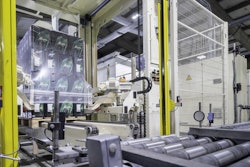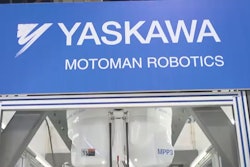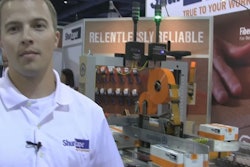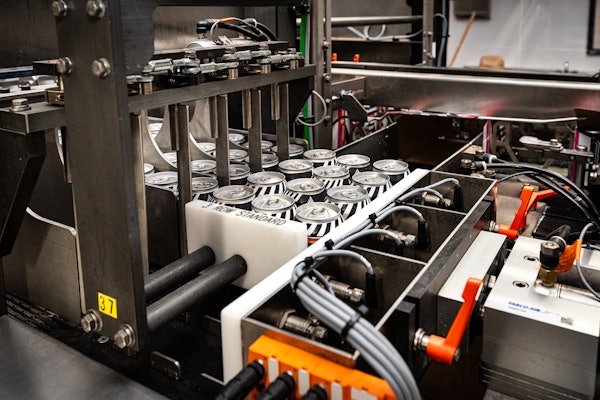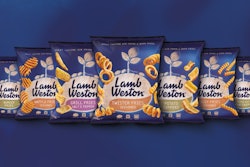1. Know your operation. Choose cartoning equipment based on how it works in your specific plant, with your compressed air system, and with your blanks.
2. Let the product choose either vertical or horizontal equipment. The product will dictate the type of cartoning machine needed. For example, if the product is free-flowing (granular in nature like detergent powder or loose pieces like boxes of cough drops), you may be able to focus mainly on vertical-style cartoning equipment. However, for products that can load horizontally or vertically, horizontal equipment is often better. Most cartoning machines are horizontal loaders. Generally, they perform with more flexibility at a lower cost.
3. Determine the most productive speed. First determine if the operation will be online or offline. For online speed, calculate the maximum rate possible to make the product and divide it by the number of products per carton. Then factor in “surge capability”: the potential to increase the rate via new processes or technologies. For offline speed, consider the daily, weekly, or monthly shipping quotas. Make sure to use realistic numbers for days per week and “true” hours per day to calculate required cartons per minute.
4. Focus on materials. Cartoning equipment is relatively simple machinery; when there is a problem in cartoning, it is usually a material problem. Understand the material. For reliability, make sure it is of good grade or quality. Is it virgin board or recycled material? The answer has a significant impact on how the carton is handled. The design of flaps and glue patterns must be considered. You can use less glue in a stitching pattern. When you’re loading a bag into a carton, the amount of air in the bag has a material impact. You can use a deflator on the filler or a confiner on the cartoner; either way, plan for this ahead of time rather than discovering the need when the equipment is on the floor. Always test your products and materials at the vendor’s facility.

